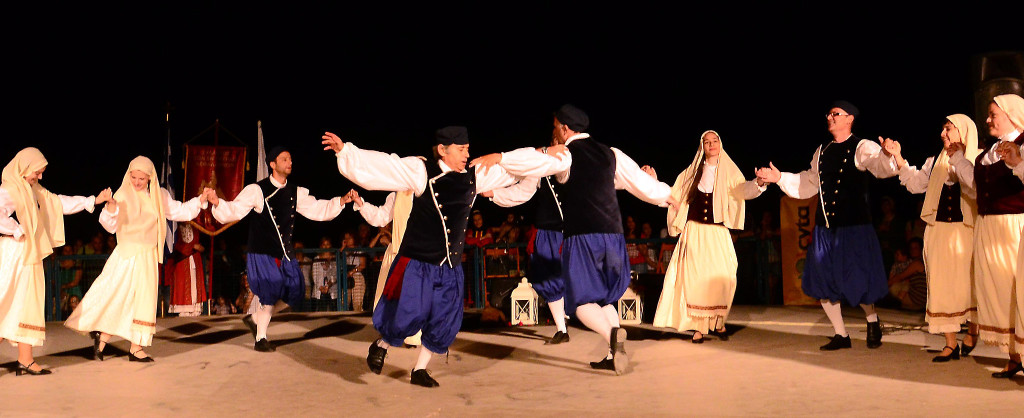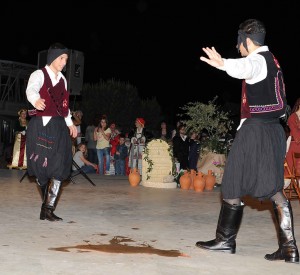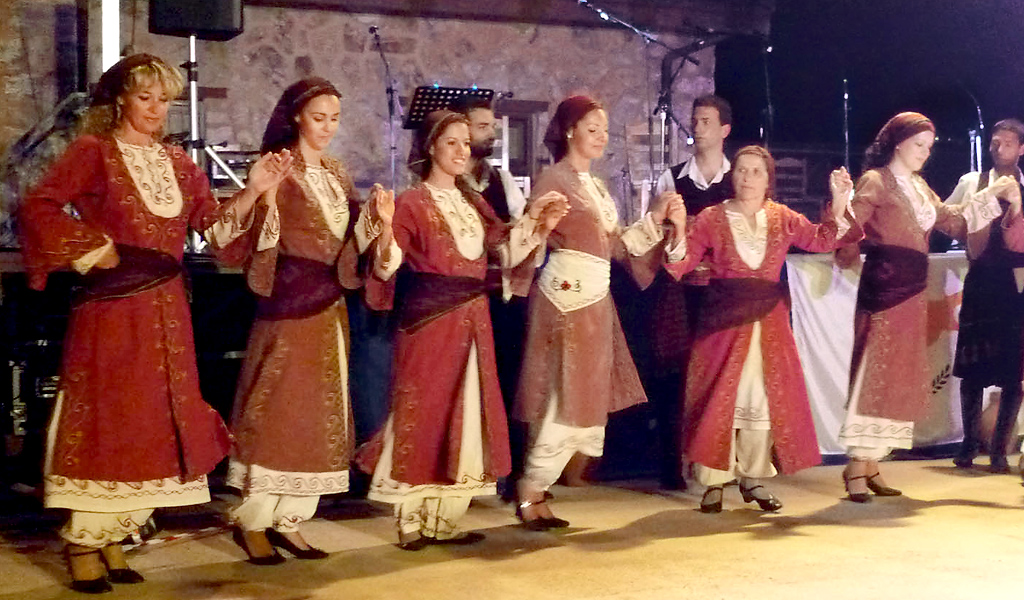Folk dances- movement, rhythm, costumes – reflects the mentality of people. It is a universal language, with which one can express feelings, emotions, moods of people for many centuries. Every nation tries to keep the dance heritage of their ancestors and to add some kind of their own shade as well. And if for understanding folk songs, it is desirable to know the specific language, for understanding the dances no special knowledge is required.
I think many will agree with me that for travelers, folk dances are of particular interest. After all, they create the most vivid and complete impressions of the people and areas which you visit.
Mythology around Folk Dances
Nowadays, in the era of the tourist industry development, a spectacular presentation is needful by tourists having a very superficial approach to this popular tradition.
Myths arise spontaneously, but like folklore, pass from mouth to mouth and acquire the status of “national”.
For example, there is the well-known Greek “national” dance Sirtaki, which is enthusiastically taught to practically all the tourists who come to Greece and Cyprus. In fact, the famous melody was written in 1964 by the Greek composer Mikis Theodorakis for the film “Zorba the Greek”, directed by Michael Cacoyannis, a native of Limassol. So, he came up with this dance for the film, starring the American actor Anthony Quinn. The film was nominated in seven “Oscar” categories , 3 of which were won.
Traditions: the male and female dancing

Mostly they were formed in the period when Cyprus was dominated by a patriarchal way of life. This was reflected in the dances. Men always predominated. In the old days in Cyprus there was a strict separation of male and female dances: beginning from the fact that men and women danced separately.
Men’s dances, as a rule, were dynamic, cheerful, with the ability to improvise and the presence of a competitive spirit. Men showed their dancing skills. The main features of the women’s dances were smooth and with a certain shyness.
One popular Cypriot folk dance is kartsilamas. It originates from northern Turkey, and later from Greece and Cyprus. «Karşılama» in Turkish means greeting. It is usually danced at wedding parties and festivals. The main feature of the dance is that male dancers are divided into pairs and dance facing each other.
Traditionally, kartsilamas includes 6 stages. All 6 steps are generally similar to each other, but have their own nuances. Between 3 and 4 stages, poems – “chatista” are always chanted.
Another national dance – sirtos – came to Cyprus from Greece. A simple set of steps is repeated by all the dancers, moving in a circle and holding hands.
Zebekikos has a special place among traditional Cypriot dances. This dance also has Greek roots. It is a particularly spectacular sight when the circle of men take turns and demonstrate the complex choreographic steps. It is very important to observe the characteristic rhythm of the dance. The participants who aren’t dancing and are standing on one knee in the circle applaud in a specific rhythm.
Dances with objects require real skill. Among them are dancing with a sickle, the knife dance and dancing with a vessel.
Now the dance with a vessel is known as the dance with glasses. Initially a dancer performs the dance with only one glass on his head, and as a modern interpretation, some dancers demonstrate a balancing act while dancing with up to 10 glasses on their head.
In rhythm with Cyprus
The modern lives of young people are closely related to folk dances. They can be seen in nightclubs, at weddings, and even at various festivities. Any self-respecting Cypriot knows a couple of beautiful traditional steps and demonstrate them willingly, entering into the dance circle. Both boys and girls learn national dances from an early age and experience this particular pride. If on arrival at Cyprus you will have a desire to watch Cypriot dancing, it is best to go to a traditional Cypriot tavern with live music on a Friday or Saturday night. Do not worry, some Cypriots are sure to dance!


